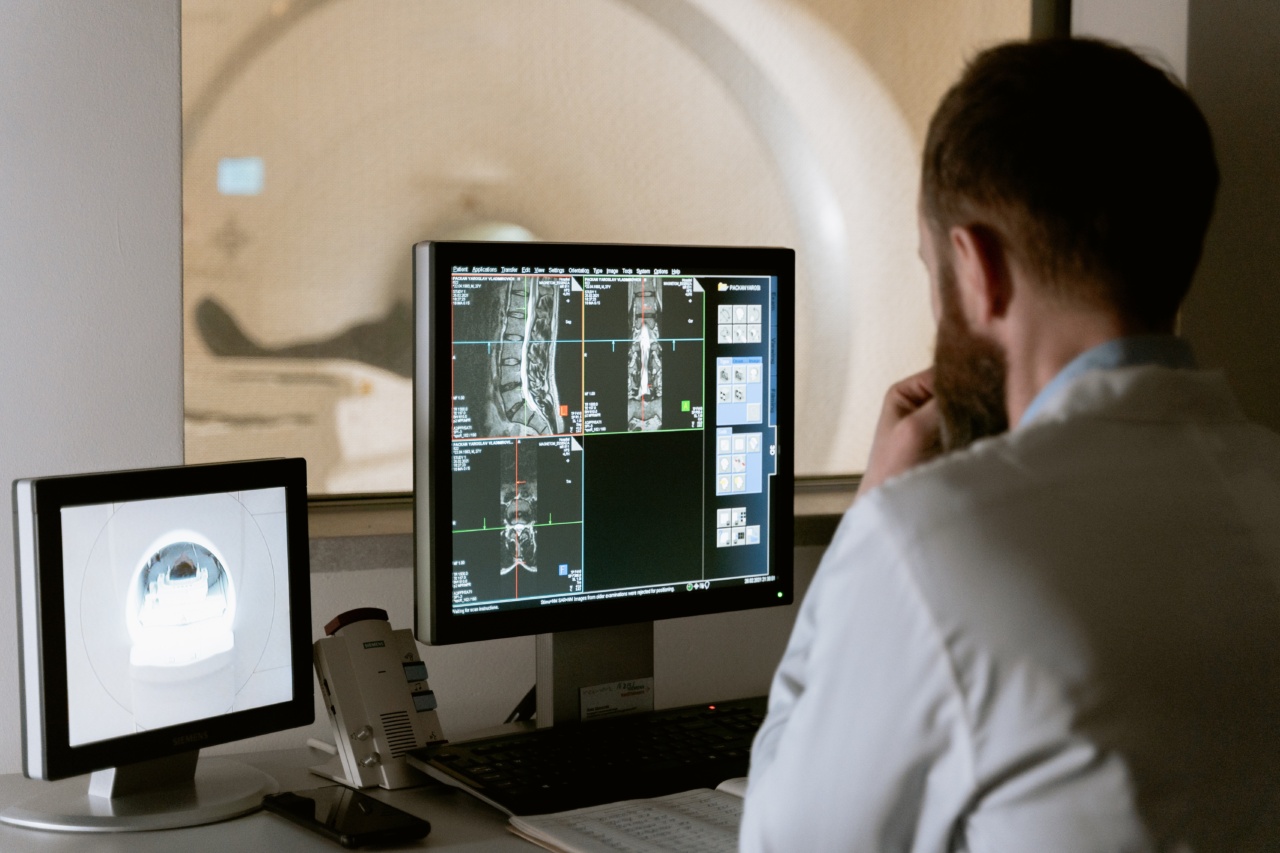As we age, our bones become more susceptible to various conditions, one of which is osteoporosis. Osteoporosis is a medical condition in which the bones become brittle and fragile, making them more prone to fractures.
It primarily affects older adults, especially women after menopause, but it can also occur in men.
While there is no cure for osteoporosis, certain lifestyle changes can help improve bone health and reduce the risk of fractures. One of the most effective ways to strengthen your bones is through regular exercise.
In this article, we will discuss some easy exercises that can help improve bone health and manage osteoporosis effectively.
1. Walking
Walking is a low-impact exercise that is accessible to almost everyone. It not only helps strengthen bones but also improves balance and coordination, reducing the risk of falls and fractures. Aim for at least 30 minutes of brisk walking every day.
If you have poor balance or are at a higher risk of falls, consider using a walking aid such as a cane or walker.
2. Weight-Bearing Aerobic Exercises
Weight-bearing aerobic exercises involve activities that require you to support your body weight against gravity. These exercises put stress on your bones, stimulating them to become stronger.
Some examples of weight-bearing aerobic exercises include dancing, jogging, hiking, stair climbing, and tennis. Aim to engage in these activities for at least 150 minutes per week, spread out over several days.
3. Strength Training
Strength training exercises can help improve bone density and prevent the progression of osteoporosis. These exercises typically involve lifting weights or using resistance bands to stress the muscles and bones.
Start with lighter weights and gradually increase the resistance as you become stronger. Focus on exercises that target major muscle groups, such as squats, lunges, push-ups, and overhead presses. Aim for at least two strength training sessions per week, with a day of rest in between to allow for muscle recovery.
4. Yoga
Yoga is a gentle form of exercise that can help improve bone health by increasing flexibility, balance, and strength.
Certain yoga poses, such as the Tree Pose, Warrior Pose, and Triangle Pose, can be particularly beneficial for strengthening bones and reducing the risk of fractures. Join a yoga class specifically designed for individuals with osteoporosis or practice at home with the guidance of a qualified instructor.
5. Pilates
Pilates is another low-impact exercise that focuses on core strength and stability. It involves controlled movements and emphasizes proper alignment and body awareness.
Pilates can help improve posture, balance, and muscle strength, thereby reducing the risk of falls and fractures. Look for a Pilates class that is suitable for individuals with osteoporosis or work with a certified Pilates instructor who can modify exercises based on your needs.
6. Tai Chi
Tai Chi is a Chinese martial art that combines slow, flowing movements with deep breathing and mental focus. It helps improve balance, flexibility, and muscle strength, making it an excellent exercise for individuals with osteoporosis.
Tai Chi has been shown to reduce the risk of falls and fractures in older adults. Join a Tai Chi class specifically designed for seniors or seek guidance from a qualified instructor to learn the proper techniques.
7. Cycling
Cycling is a non-weight-bearing exercise that can help improve cardiovascular fitness without putting excessive stress on the bones. It is an excellent option for individuals with joint problems or those who prefer a lower-impact activity.
While cycling may not directly strengthen your bones, it can still contribute to overall fitness and help maintain a healthy weight, which is crucial for bone health.
8. Swimming
Similar to cycling, swimming is a non-weight-bearing exercise that is gentle on the joints and suitable for individuals with osteoporosis. It improves cardiovascular fitness, muscular strength, and flexibility.
While swimming alone may not significantly enhance bone density, it is an excellent option for individuals who have difficulty with weight-bearing exercises or want to cross-train alongside other activities.
9. Balance and Posture Exercises
In addition to weight-bearing and strength training exercises, it is essential to incorporate exercises that focus on improving balance and posture.
These exercises can help reduce the risk of falls and fractures, especially in individuals with osteoporosis. Some examples of balance and posture exercises include standing on one leg, heel-to-toe walk, standing back leg lifts, and yoga poses that challenge balance.
10. Consult with a Professional
If you have been diagnosed with osteoporosis or have concerns about your bone health, it is essential to consult with a medical professional or a certified exercise specialist.
They can assess your condition, recommend specific exercises tailored to your needs, and guide you through the proper techniques and progressions.
In conclusion, regular exercise plays a crucial role in improving bone health and managing osteoporosis.
Walking, weight-bearing aerobic exercises, strength training, yoga, Pilates, Tai Chi, cycling, swimming, and balance exercises are all excellent options to strengthen bones, improve balance, and reduce the risk of falls and fractures. Remember to start slowly, listen to your body, and consult with a professional if needed. By incorporating these exercises into your routine, you can take proactive steps towards improving your bone health and overall well-being.































